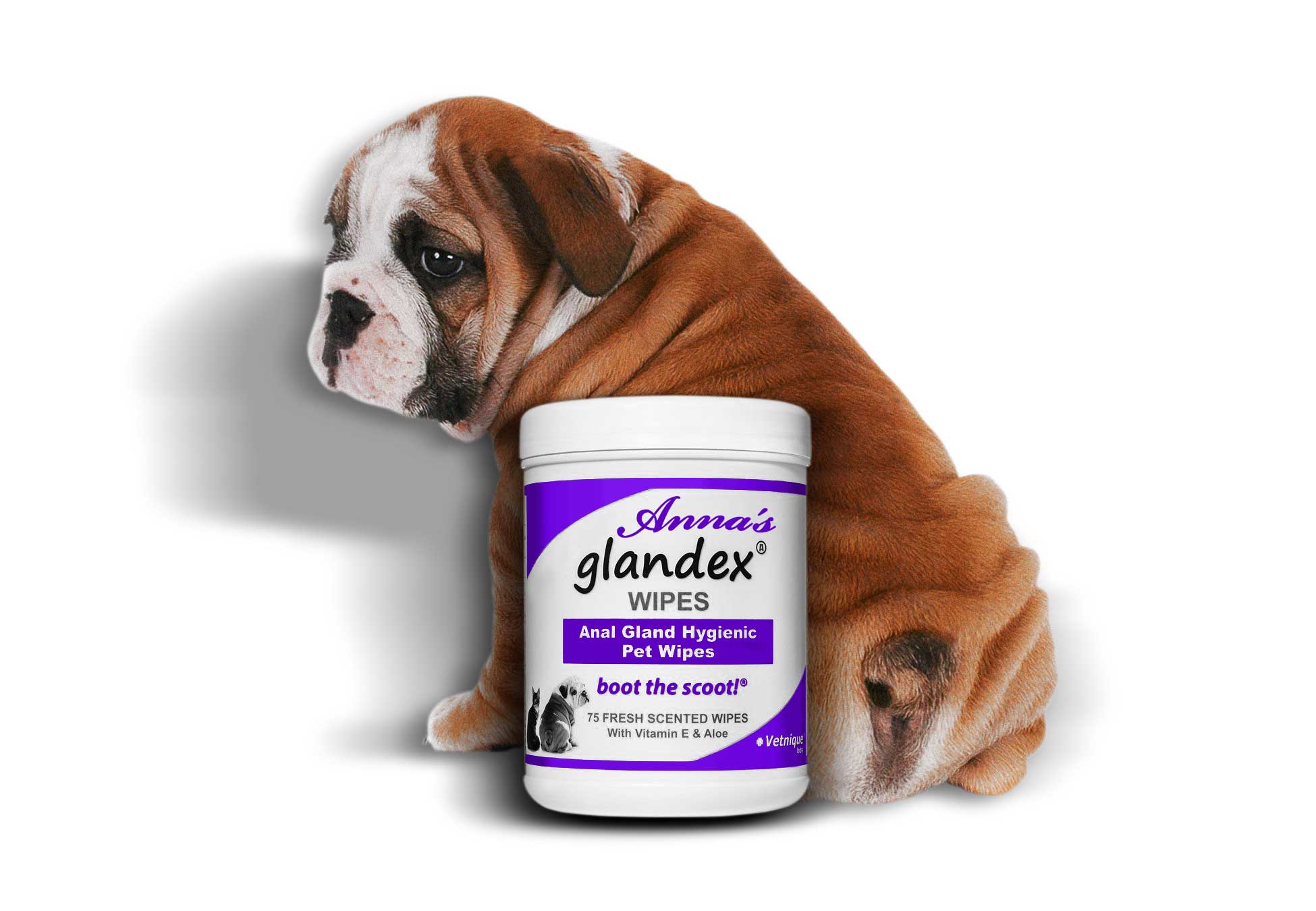Anal Gland Expression
Anal Glands: What Are They and Do I Need to Express Them?
Anal glands, also known as anal sacs or scent glands when found in dogs, are little glands located close to the anus. Many mammals such as cats and dogs have anal glands. Dogs employ their anal glands in marking territory, as well as recognizing other dogs by smell. At some point in a dog’s life, the anal glands often need to be expressed for health and hygiene reasons.
Most dog owners have no idea what anal glands are, and judging by how unappetizing the name sounds, most don’t want to know. But it’s a good idea to find out, as anal gland problems can plague all types of dogs.
Anal glands, also known as anal sacs or scent glands when found in dogs, are little glands located close to the anus. Many mammals such as cats and dogs have anal glands. Dogs employ their anal glands in marking territory, as well as recognizing other dogs by smell. At some point in a dog’s life, the anal glands often need to be expressed for health and hygiene reasons.
How do you know if your dog is having anal gland issues?
If you’ve been spotting your dog scooting his rear end all over the place, whether on the carpet, in bed or in your own lap, there’s a good chance he is suffering from anal gland problems. Dogs often scoot their butts in order to try to relieve an itch caused by irritated anal glands.
Another tell-tale sign is when your dog just can’t stop licking its anal area. Swelling can also be spotted around the anus if the glands have become impacted. Obviously, this is going to be very uncomfortable for your dog. If you spot any swelling, that’s a sign that you need to call the vet immediately.

